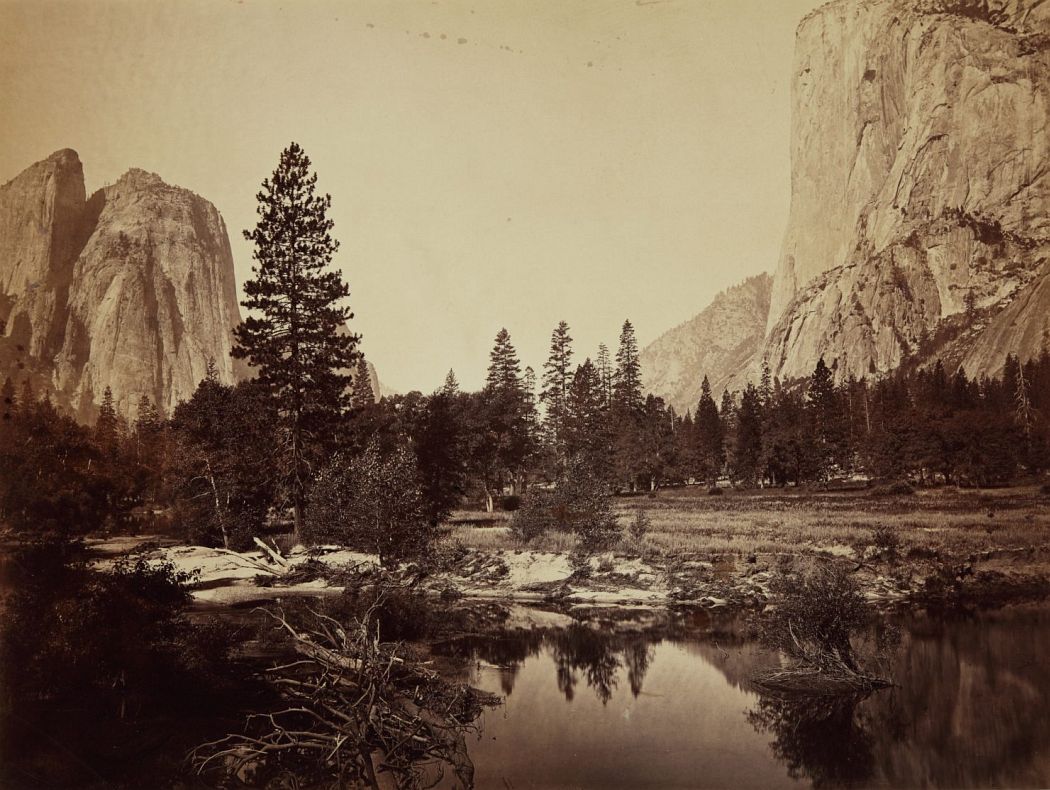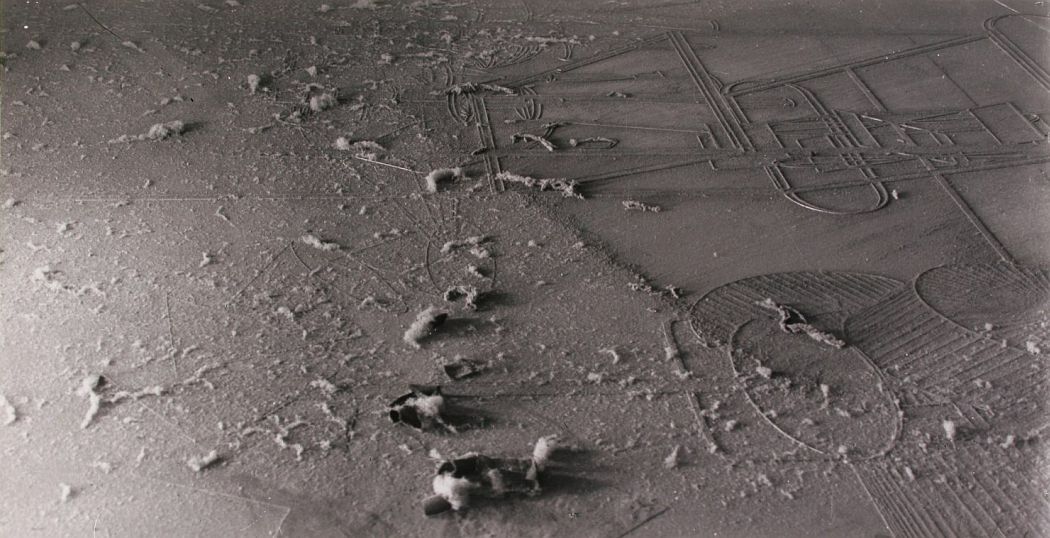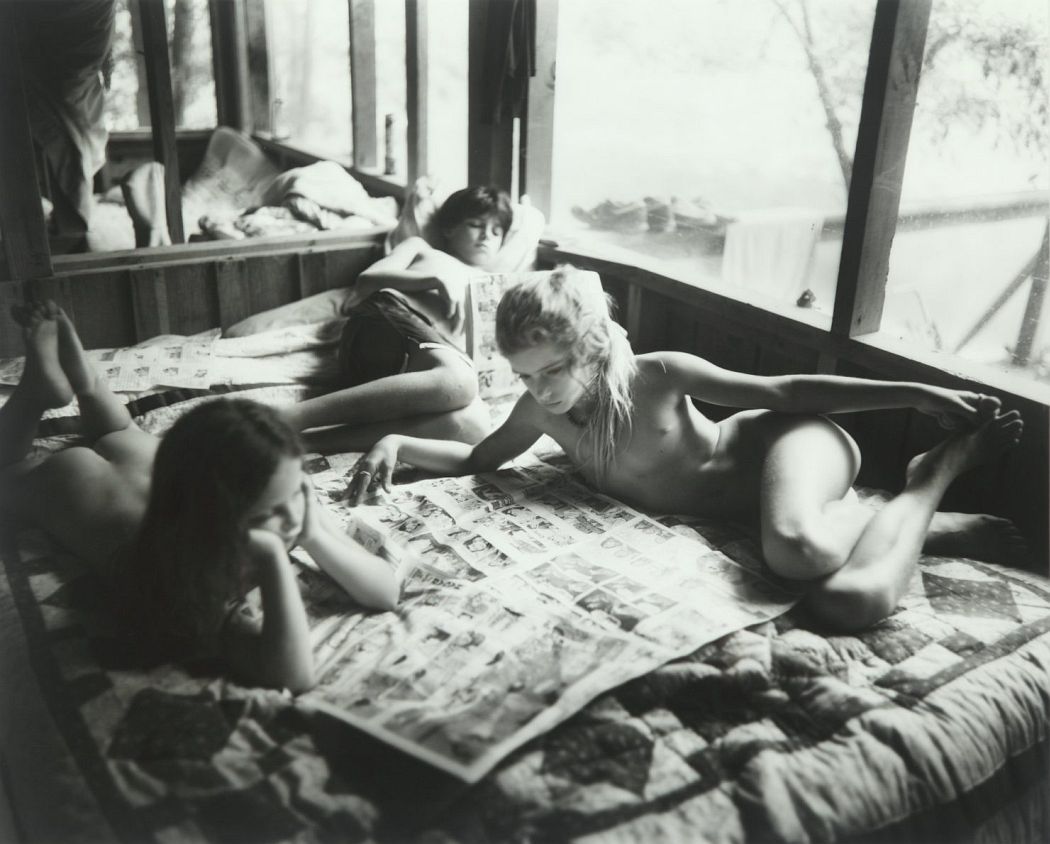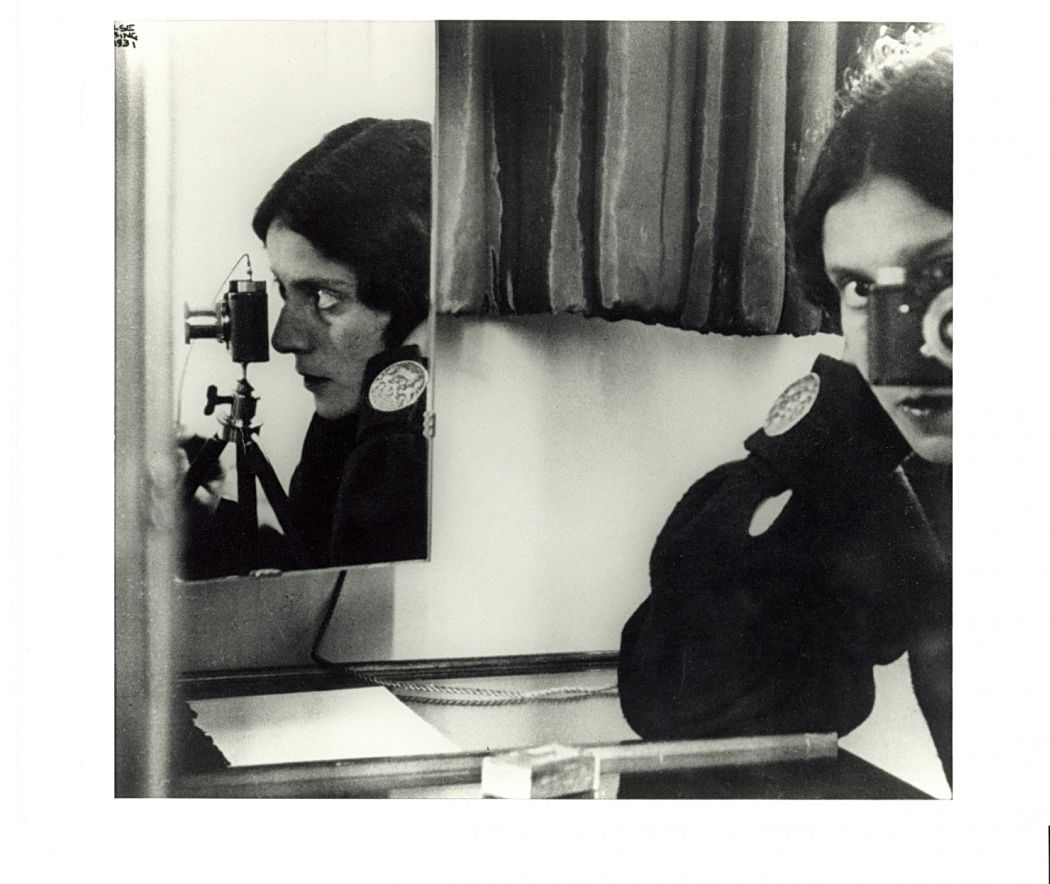Photography is a uniquely elastic medium. It can fulfill numerous utilitarian purposes—recording personal memories, chronicling collective histories, or furnishing documentary evidence—yet it also offers dynamic potential for creative expression.
The High Museum of Art began collecting photographs in the early 1970s, and the collection now includes more than 7,000 photographs from around the world made by diverse practitioners, from artists to entrepreneurs, journalists and scientists. Spanning the very beginnings of the medium in the 1840s to the present, the collection has depth in American modernist and documentary traditions from the 20th century as well as current contemporary practices.
This exhibition, drawn from the High’s collection and local private collections, will explore the medium’s layered history and its ever-evolving present by delving into the myriad ways a photograph can be a conduit for ideas, information and emotion. Through the collection’s most prized prints and many unsung gems, the exhibition will survey a broad sweep of the history of photography, incorporating some of its oldest photographic objects along with prints made in the past year, and emphasize the distinct strengths of the High’s collection.
Look Again
45 Years of Collecting Photography
October 14, 2018 – April 14, 2019
High Museum of Art
1280 Peachtree St, NE Atlanta, GA 30309
high.org

Carleton E. Watkins (American, 1829–1916), View Down the Valley, Yosemite, 1865–1866, albumen silver print. High Museum of Art, Atlanta, gift of Life Insurance Company of Georgia, 1980.119 Carleton Watkins was one of the most highly acclaimed photographers to survey the American West in the 1860s. This sweeping view of the Yosemite Valley conveys the awe-inspiring grandeur of the Western landscape that drew so many travelers and entrepreneurs. Watkins anchored the composition by flanking the tree-lined valley floor with the iconic landmarks of Cathedral Rocks and El Capitan rising on either side. In the foreground, the glassy Merced River conveys the stillness of a seemingly untouched wilderness.

Man Ray (American, 1890–1976), Dust Breeding, 1920, gelatin silver print. High Museum of Art, Atlanta, purchase with funds from Georgia-Pacific Corporation, 1984.223 A fixture of Surrealist and Dadaist circles in Paris, Man Ray was a close friend and collaborator of fellow artist Marcel Duchamp. At his friend’s request, Man Ray photographed Duchamp’s sculpture The Large Glass after it had collected a year’s worth of dust in storage while Duchamp was in New York. Taken from an elevated perspective and with part of the sculpture cropped out, the photograph transcends mere documentation by disorienting any sense of scale. The modestly sized artwork is transformed into an expansive otherworldly landscape.

Sally Mann (American, born 1951), Sunday Funnies, 1991, printed 1995, gelatin silver print. High Museum of Art, Atlanta, purchase with funds from Lucinda W. Bunnen for the Bunnen Collection, 1995.179

Hiroshi Sugimoto (Japanese, born 1948), Lightening Fields 182, 2009, gelatin silver print. High Museum of Art, Atlanta, purchase through funds provided by patrons of the Third Annual Collectors Evening, 2012, 2012.3

Ilse Bing (born Germany, 1899–1998), Self-Portrait in Mirrors, Paris, 1931, printed ca. 1941, gelatin silver print. High Museum of Art, Atlanta, purchase with funds from Georgia-Pacific Corporation, 1987.143 Bing’s photographs document the early twentieth-century “new woman,” a type who was no longer confined to the domestic sphere typical of past generations but engaged freely in the changing urban landscapes in Europe and the United States. In this multifaceted self-portrait, Bing plays with the concept of fragmented identity through her multiple reflections. The sharp focus on her mirrored profile draws attention away from her forward-pointing lens, allowing the viewer to feel like a subject as well as a spectator.






